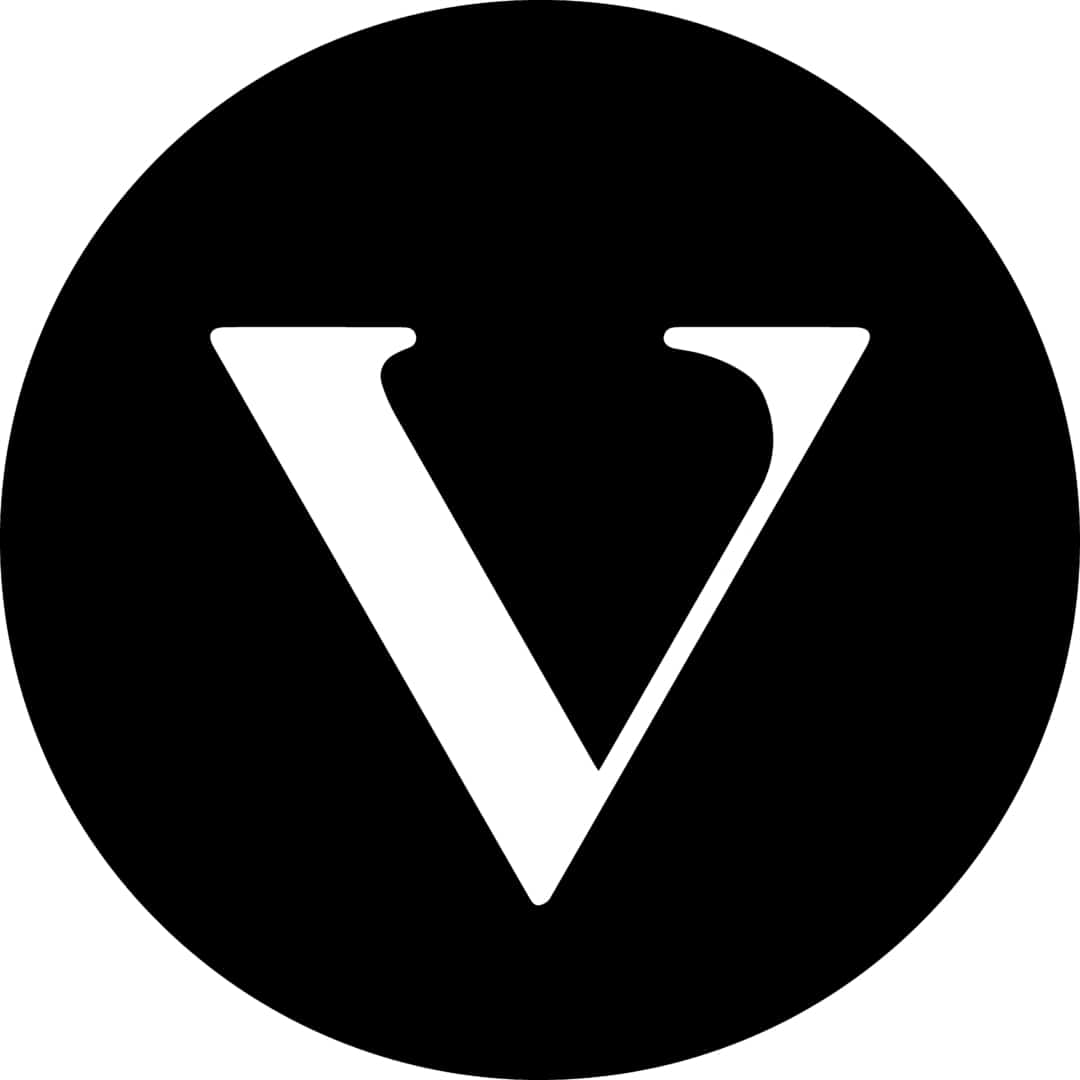Grappling with how to do equitable journalism is no easy task. That is what we both discovered throughout the process of writing The Varsity’s new equity guide this year. Every time we answered one question, we would later find that three more, which required complex and nuanced answers, popped up.
Countless conversations and debates in the newsroom about how to best affirm human dignity reminded us that exercising patience with such a sensitive product is crucial. That might be the reason why this guide, which started as a five-page endeavour in June 2019, is almost six-fold in length at the time of its release in March 2020. You can now find the guide for your viewing on our webpage.
There, you will find guidelines on recognizing the intersection of prejudice, power, and identity; ethically reporting on trauma and stigma; and covering the pressing global issues of our time. We hope that this will prove useful not only to journalists at The Varsity, but also to any curious journalists who are looking to improve their reporting.
We believe that this guide has enormous value for the future of The Varsity. Language is power — as journalists, we recognize that the way we go about our work has real impact on the world around us. In consciously guiding the direction of the paper’s editorial practices to include, empower, and fairly represent marginalized communities at U of T, we hope to do right by them. In recent years, we acknowledge that we, in some cases, have not done enough.
We want to make clear that this guide is not, and will never be, perfect. Nor is it intended to be. But we hope for it to be a living document that will improve on a regular basis — it will be shaped and reshaped by future editors through consultation and collaboration with members of our community.
We could not have written this guide without the help and support of The Varsity’s masthead: their comments, questions, and feedback has been invaluable to the development of this document. Josie, our editor-in-chief, provided us with continuous encouragement.
We especially want to highlight the guidance that we received from various community members, including John Croutch, an Indigenous cultural competency training officer at U of T’s Office of Indigenous Initiatives; the Anti-Racism and Cultural Diversity Office; the Sexual & Gender Diversity Office; and Students for Reproductive Justice. We have also consulted with countless online resources, which have been invaluable to us in constructing this guide.
Feedback — both positive and negative — is more than welcome. As noted before, the guide is not perfect, and neither are we. We are looking to continuously improve on both the guide and our subsequent reporting. We invite you to tell us what you think in this feedback form.
Let’s keep the conversation on equity going. Onward to a future where The Varsity can truly belong to everyone.
— Ibnul Chowdhury, Managing Editor & Ori Gilboa, Senior Copy Editor
The Varsity Volume 140


